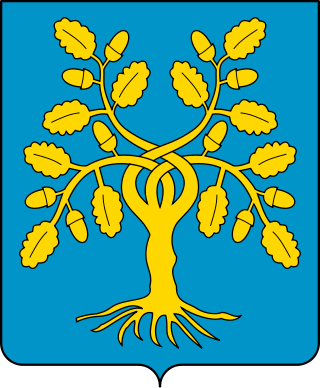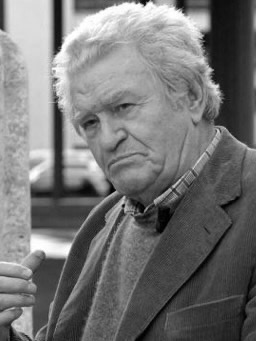
The House of Della Rovere was a powerful Italian noble family. It had humble origins in Savona, in Liguria, and acquired power and influence through nepotism and ambitious marriages arranged by two Della Rovere popes: Francesco Della Rovere, who ruled as Sixtus IV from 1471 to 1484) and his nephew Giuliano, who became Julius II in 1503. Sixtus IV built the Sistine Chapel, which was named after him. Julius II was patron to Michelangelo, Raphael and many other Renaissance artists and started the modern rebuilt of St. Peter's Basilica. Also the Basilica of San Pietro in Vincoli in Rome was the family church of the Della Rovere. Members of the family were influential in the Church of Rome, and as dukes of Urbino, dukes of Sora and lords of Senigallia; the title of Urbino was extinguished with the death of Francesco Maria II in 1631, and the family died out with the death of his granddaughter Vittoria, Grand Duchess of Tuscany.

The Pazzi were a powerful family in the Republic of Florence. Their main trade during the fifteenth century was banking. In the aftermath of the Pazzi conspiracy in 1478, members of the family were banished from Florence and their property was confiscated; the family name and coat-of-arms were permanently suppressed by order of the Signoria.
Pope Benedict IV was the bishop of Rome and ruler of the Papal States from 1 February 900 to his death. The tenth-century historian Flodoard, who nicknamed him "the Great", commended his noble birth and public generosity.

The House of Frankopan was a Croatian noble family, whose members were among the great landowner magnates and high officers of the Kingdom of Croatia in union with Hungary.

Pietro Cascella was an Italian sculptor. His principal work consisted of large monumental sculptures, including the International Monument to the Victims of Fascism in the Auschwitz II-Birkenau death camp in Poland (1957–1967), and an underground mausoleum for Silvio Berlusconi at his villa in Arcore in the 1980s.
Aldruda Frangipane, Countess of Bertinoro, was a twelfth-century Roman noblewoman and military leader.

Nicola Frangipani in croatian language Nikola IV Frankopan was a Croatian nobleman and the Ban of Croatia and Dalmatia from 1426 to 1432.
Monteroni di Lecce (Salentino: Muntrùni is a town and comune in the province of Lecce, in Apulia, southern Italy. In 2008, it had 13,800 inhabitants. It is 7 kilometres from Lecce, in the Salento – the historic Terra d'Otranto.
Cencio I Frangipane was a Roman nobleman of the Frangipani family of the latter half of the eleventh century. He was a Roman consul

Sandro Chia is an Italian painter and sculptor. In the late 1970s and early 1980s he was, with Francesco Clemente, Enzo Cucchi, Nicola De Maria, and Mimmo Paladino, a principal member of the Italian Neo-Expressionist movement which was baptised Transavanguardia by Achille Bonito Oliva.
Cencius II or Cencio II Frangipane was the son of either of Cencio I or of John, a brother of one Leo. He was the principal representative of the Frangipani family of Rome in the early twelfth century.
Plumeria is a genus of flowering plants whose common name is Frangipani.

The Giorgi or Zorzi were a noble family of the Republic of Venice and the Republic of Ragusa.

Pomponio Torelli was Count of Montechiarugolo and a writer of prose, poetry and plays. He is principally remembered for his five tragedies.

The Landi were a noble family from Piacenza, in northern Italy. From 1551 to 1582, they were princes of the Val di Taro, now in the province of Parma, at that time in papal territory. Their principality is sometimes called Lo Stato Landi ; although the term is not well known, there is substantial documentation of it in the Archivio Segreto Vaticano, in the Vatican City.
Vittorio Spreti (1887–1950) was an Italian historian of the nobility of Italy. He came from an ancient noble family of Ravenna, in the Marche, and was a marquess. His Enciclopedia storico-nobiliare italiana was published in eight volumes between 1928 and 1936.

Giovanni Colonna was a cardinal of the Catholic Church.

The House of Barozzi was an aristocratic Venetian family that belong to the Venetian nobility. Members of the family became sailors, clerics and men of learning. They were lords of Santorini and Thirassia, and held military fiefs on the island of Crete. Members of the family were involved in the conspiracy of Bajamonte Tiepolo against the Doge of Venice in 1310.

Filippo Zamboni was an Italian poet and writer.
Illuminato da Chieti, in Latin Illuminatus de Theate, was a Franciscan friar who served as the bishop of Assisi from 1274 until his death.












